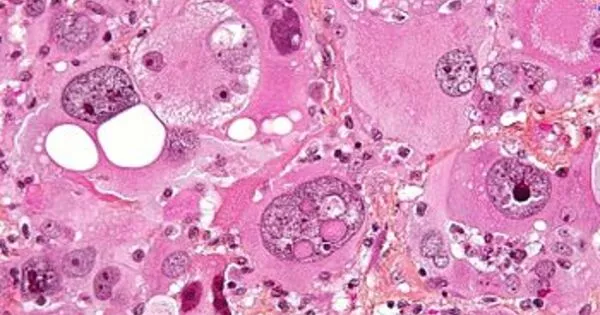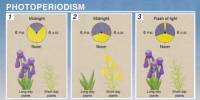Pleomorphism is a term used in histology and cytopathology to describe variation in the size, shape, and staining of cells and/or their nuclei. It is a term used in a variety of scientific fields to describe the occurrence of variability in the form and structure of organisms or cells within a specific species. Several key determinants of cell and nuclear size, such as ploidy and the regulation of cellular metabolism, are frequently disrupted in tumors.
The concept is especially relevant in microbiology and cellular biology. As a result, cellular and nuclear pleomorphism is one of the earliest signs of cancer progression and a feature of malignant neoplasms and dysplasia. Pleomorphism can occur in benign cell types as well, such as neuroendocrine cells and the Arias-Stella reaction.
Here are two contexts in which pleomorphism is commonly used:
- Microbiology: It refers to the ability of certain microorganisms, particularly bacteria, to exist in different forms or shapes throughout their life cycle. Pleomorphic bacteria can vary in size, shape, and arrangement. Environmental conditions, nutrient availability, and other factors may influence adaptability.
- Cellular Biology: It can also refer to variation in the size and shape of cells within a tissue or population of cells in cellular biology. This variation could be a normal feature of certain cell types, or it could be a sign of a pathological condition.
- Pathology: It may refer to variations in cell size and shape in the context of pathology. This is frequently seen in cancer cells, where cells within a tumor can have a variety of morphologies.
- Virology: It refers to the ability of some viruses to exist in multiple forms, especially in terms of their outer structure. Some viruses can have different shapes or sizes, making them more adaptable to different host environments.
- Botany: It can describe changes in the form and structure of plant cells or plant parts under different conditions in botany.
Pleomorphic rhabdomyosarcoma is a rare adult rhabdomyosarcoma. Despite the prevalence of pleomorphism in human pathology, its role in disease progression remains unknown. Pleomorphism in cellular size can cause packing defects and the dispersal of abnormal cells in epithelial tissue. However, the consequences of atypical cell and nuclear morphology in other tissues are unknown.
















